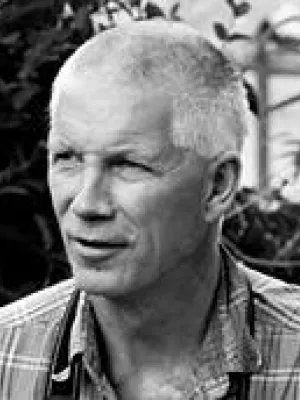
Jonas Ardö
Professor

An underestimated role of precipitation frequency in regulating summer soil moisture
Author
Summary, in English
Soil moisture induced droughts are expected to become more frequent under future global climate change. Precipitation has been previously assumed to be mainly responsible for variability in summer soil moisture. However, little is known about the impacts of precipitation frequency on summer soil moisture, either interannually or spatially. To better understand the temporal and spatial drivers of summer drought, 415 site yr measurements observed at 75 flux sites world wide were used to analyze the temporal and spatial relationships between summer soil water content (SWC) and the precipitation frequencies at various temporal scales, i.e., from half-hourly, 3, 6, 12 and 24 h measurements. Summer precipitation was found to be an indicator of interannual SWC variability with r of 0.49 (p < 0.001) for the overall dataset. However, interannual variability in summer SWC was also significantly correlated with the five precipitation frequencies and the sub-daily precipitation frequencies seemed to explain the interannual SWC variability better than the total of precipitation. Spatially, all these precipitation frequencies were better indicators of summer SWC than precipitation totals, but these better performances were only observed in non-forest ecosystems. Our results demonstrate that precipitation frequency may play an important role in regulating both interannual and spatial variations of summer SWC, which has probably been overlooked or underestimated. However, the spatial interpretation should carefully consider other factors, such as the plant functional types and soil characteristics of diverse ecoregions.
Department/s
- Dept of Physical Geography and Ecosystem Science
- BECC: Biodiversity and Ecosystem services in a Changing Climate
Publishing year
2012
Language
English
Pages
1-9
Publication/Series
Environmental Research Letters
Volume
7
Issue
2
Links
Document type
Journal article
Publisher
IOP Publishing
Topic
- Physical Geography
Keywords
- summer drought
- precipitation frequency
- climate change
- plant
- functional types
Status
Published
Research group
- remote sensing
ISBN/ISSN/Other
- ISSN: 1748-9326

